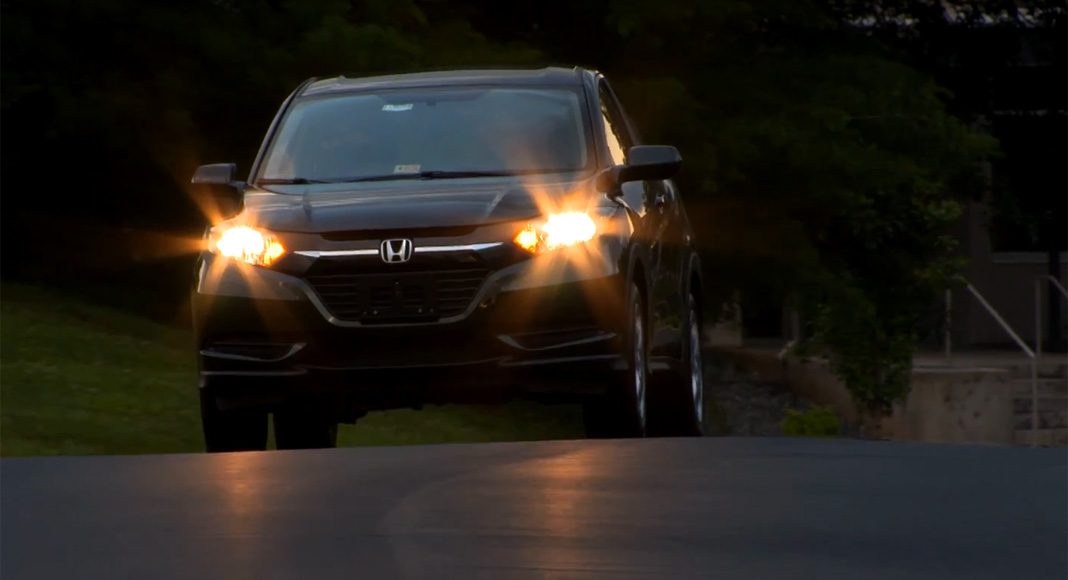Not one small SUV out of 21 tested earned a good rating in the Insurance Institute for Highway Safety’s headlight evaluations, and only four were available with acceptable-rated headlights.
Among the 21 vehicles, there were 47 different headlight combinations available. More than two-thirds of them were rated poor, making this group of vehicles even more deficient with regards lighting than the midsize cars that were the first to be rated earlier this year.
Headlight performance in today’s vehicles varies widely. Government standards are based on laboratory tests, which don’t accurately gauge performance in real-world driving. The issue merits attention because about half of traffic deaths occur either in the dark or around dawn or dusk.
As with midsize cars, the IIHS evaluations of small SUVs showed that a vehicle’s price tag doesn’t correspond to the quality of headlights. More modern lighting types, including high-intensity discharge (HID) and LED lamps, and curve-adaptive systems, which swivel in the direction of steering, also are no guarantee of good performance.
“Manufacturers aren’t paying enough attention to the actual on-road performance of this basic equipment.”
“We’re optimistic that improvements will come quickly now that we’ve given automakers something to strive for,” said IIHS senior research engineer Matthew Brumbelow.
For 2017, vehicles will need good or acceptable headlights in order to qualify for the Institute’s highest award, Top Safety Pick+.
While studies have pointed to advantages for advanced lighting systems, the IIHS rating system doesn’t favor one type of technology over the other. Instead, it simply measures the amount of usable light provided by low beams and high beams as vehicles travel on straightaways and curves.
https://www.youtube.com/watch?v=tEVLw3aqL6Q?rel=0
IIHS engineers evaluate headlights on the Vehicle Research Center’s track after dark. A special device is used to measure how far the light is projected as the vehicle is driven on five approaches: traveling straight, a sharp left curve, a sharp right curve, a gradual left curve and a gradual right curve.
Glare from low beams for oncoming drivers is also measured in each scenario. A vehicle with excessive glare on any of the approaches cannot earn a rating higher than marginal.
The only type of technology given an explicit nod in the ratings was high-beam assist, which automatically switches between high and low beams based on the presence of other vehicles. Vehicles can earn extra credit for this feature because of its potential to increase low rates of high-beam use.



















